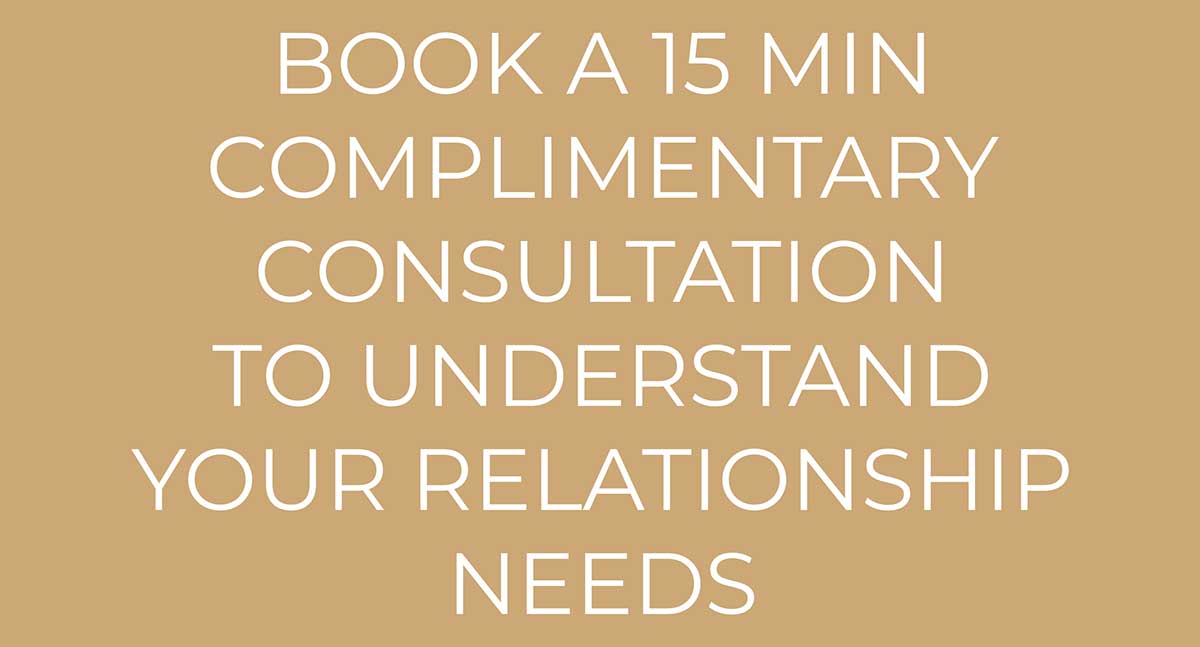
Our attachment to our parents in our initial infancy years of life is a vitally important period that, to a degree, shapes you for the rest of your life. There is now a huge amount of evidence to support the validity of attachment theory and how our early years affect our ability to form close relationships as an adult. Our loving relationships are too largely defined by the kind of bonding, and interactions we experienced as a child with our parents or primary caregivers.
Mary Ainsworth and John Bowlby, two developmental psychologists, are attributed to the development of attachment theory in the 1960s and 1970s. However, the disorganized-disoriented attachment style was later identified by Mary Main in the 1980s. This fourth form of attachment is better used to describe when inconsistent love has been provided to a child in their early years, but also odd, unusual interactions that are contradictory to love, or conflicted interactions that occurred between the parents and the child in their initial infancy years. Let us understand the disorganized-disoriented attachment style in detail, and explore how this attachment style affects a loving relationship.
What is a Disorganized-Disoriented Attachment Style?
The disorganized-disoriented attachment style is an insecure attachment style. The strange situation test is a famous experiment that observes the behaviors attributed to the development of this attachment theory. In this experiment, the child’s behavior is observed in different scenarios like when in the presence of the mother, in the presence of a stranger, and when the child is left alone. Some children exhibit behavioral disorganization or disorientation in this experiment. They show signs of wandering, confused expressions, freezing with fear, undirected movements, or contradictory patterns of interactions when they see the mother or a stranger.
What causes the Setup of a Disorganized-Disoriented Attachment Style?
One of the most common reasons for a disorganized-disoriented attachment style is the parent’s or primary caregiver’s failure to respond appropriately to the child’s distress sometimes, but not at other times, so the love provided is inconsistent and confusing to the child. When a parent inconsistently responds to the child’s emotional needs or distress, it can lead to the development of a disorganized-disoriented attachment style. For example, a child might not be comfortable sleeping alone. When they express their fear or cry for help, the parents might ignore or not respond to the emotional need, or even make fun of it. Sometimes the parents respond with kindness and support but not others.
Inconsistent love, support and care and inappropriate responses and behaviors from the parents can lead to the development of a disorganized-disoriented attachment style.
This attachment style is commonly related to intergenerational parenting patterns which means the parents might well have been on the receiving end of unhealthy patterns from their parents too, when they were children.
Studies suggest that approximately ‘85% of cases children with attachment style issues… will have the same attachment pattern as the parent’ (Buckwalter and Ehmen, 2013) showing clearly unhealthy parenting patterns are passed from one generation to another, until the cycle is changed with skilled attachment focused therapy, counseling or coaching.
Some common signs of a disorganized-disoriented attachment style in children are:
- They are most likely attention seekers
- They do not have self-soothing skills
- They do not show any behavioral strategy for coping well with stress
- They tend to focus on tasks to their limits
- They find difficulty in speaking out about their emotional needs
- They tend to be fearful
- They might show aggressive or erratic behaviors
- They generally have low self-esteem and poor social skills
- They have less control over their negative emotions
How does a Disorganized-Disoriented Attachment Style affect Adults?
Childhood traumas and unhealthy attachment patterns with parents or primary caregivers will lead to disorganized-disoriented attachment patterns in adults. Some of the common signs observed in disorganized-disoriented adults are:
- An extreme and constant fear of rejection
- Low self-esteem and difficulty connecting with others
- Show extreme closeness or extreme distance in relationships
- Inconsistency in romantic relationships
- Constant fear of abandonment
- Might show contradictory mental states and behavior
- Stay anxious about others intentions
- Trust issues leading to lack of secure attachments
- Difficulty in finding emotional intimacy with people
- Struggle to believe in, or to trust in love
Can you Work to Change a Disorganized-Disoriented Attachment-Based Personality?
If you recognize you have a disoriented-disorganized attachment style, there are a few ways you can work to change it. Here are three approaches:
Develop Consistency in Relationships and Your Loving Relationship – By being and seeking out consistency in relationships, you can work to heal attachment wounds. You can choose to work on yourself with a professional therapist, counselor or credentialed coach to become emotionally available, consistent, kind and trustworthy and to request these kinds of interactions from others. This will help you to build healthier, and more secure bonds with others, and the person you love.
Be Patient & Reflective – It takes time, practice and dedicated effort to change an attachment style and to develop secure relationships. You need commitment, awareness and a willingness to avoid reacting, and a daily self-reflective practice to change your impulses and to work on developing yourself.
Utilize Professional Support – We recommend working with a highly skilled professional counselor, therapist or credentialed coach if you get a sense you have a disoriented-disorganized attachment style. They can help you to work through and change this attachment style to a secure attachment style, but it will take time, effort and consistent work.
How does a Disorganized-Disoriented Attachment Style Benefit an individual?
Attachment styles have benefits. Most disoriented-disorganized individuals show characteristics like:
- They fall in love quickly
- They sabotage love quickly
- They struggle to build healthy relationships with others
- They seek closeness in a loving relationship, but they struggle to feel close
How can you Build a Better Loving Relationship with a Disoriented-Disorganized Attachment-Based Partner?
If you are with a person with a disoriented-disorganized attachment style, it will have an impact on the quality of your loving relationship. People with this attachment style struggle to be consistent and to show clear ways of communicating and engaging with others, and their loving partner.
Given the kind of confusing, adverse or conflicting experiences they have had during their initial infancy years, they can have a constant confused state, and fear of abandonment or rejection. They will have trust issues and may show a constant fear even when you may show positive loving behaviors and emotions. Since their outlook on themselves and others is negative, they tend to make relationships and their loving relationship more stressful unconsciously. They might crave intimacy, but can have deep fears of abandonment so sabotage their loving relationship.
The first thing to acknowledge is that the trust issues and struggle to bond with a partner comes from childhood interactions and trauma. You should avoid analyzing the behavior and actions of a disorganized-disoriented partner as this can worsen their fears and self-esteem. Work to listen to their fears and insecurities and help them to heal from their adverse or traumatic experiences.
A disorganized-disoriented attachment style is often the result of traumatic experiences in early childhood that have left a child feeling constantly confused or overwhelmed. When a child is a victim of frightening or violent behaviors from parents or primary caregivers they are more likely to become disorganized-disoriented individuals. This attachment style can lead to different psychological issues such as anxiety disorders, depression, and other behavioral problems later in life.
We recommend working with a highly skilled professional counselor, therapist or credentialed coach to succeed with a disorganized-disoriented attachment-based personality and to build a healthy loving relationship.
Can someone Change from a Disoriented-Disorganized Attachment Style to a Secure Attachment Style?
The good news is that it is possible to change from a disorganized-disoriented attachment style to a secure attachment style. However, it takes healing from the past trauma and constantly working towards personal growth. The fact is that attachment styles are formed as coping mechanisms to situations during childhood. When you understand and acknowledge your attachment style and wounds, it becomes easier to practice healthier ways of building relationships. Again, we recommend working with a highly skilled professional counselor, therapist or credentialed coach to change an insecure attachment style to a secure attachment style.
How common are Disorganized-Disoriented Attachment-Based Individuals?
According to studies, an estimated 20-40% of individuals have some form of disorganized-disoriented attachment-based patterns.
Children who have experienced sexual, physical, or verbal abuse in their early life often develop into disorganized-disoriented attachment-based individuals.
Summing Up
The disorganized-disoriented attachment style is one of the insecure attachment styles found in individuals who have had confusing parental experiences, and troubled childhood experiences. As adults, they can have low self-esteem, struggle to focus and achieve success, and tend to show a higher rate of behavioral problems.
Having a disorganized-disoriented attachment style can impact relationships and loving relationships very negatively. However, it is possible to heal from traumatic experiences and attachment styles and build successful relationships and a successful loving relationship by working alongside a highly skilled professional counselor, therapist or credentialed coach.



